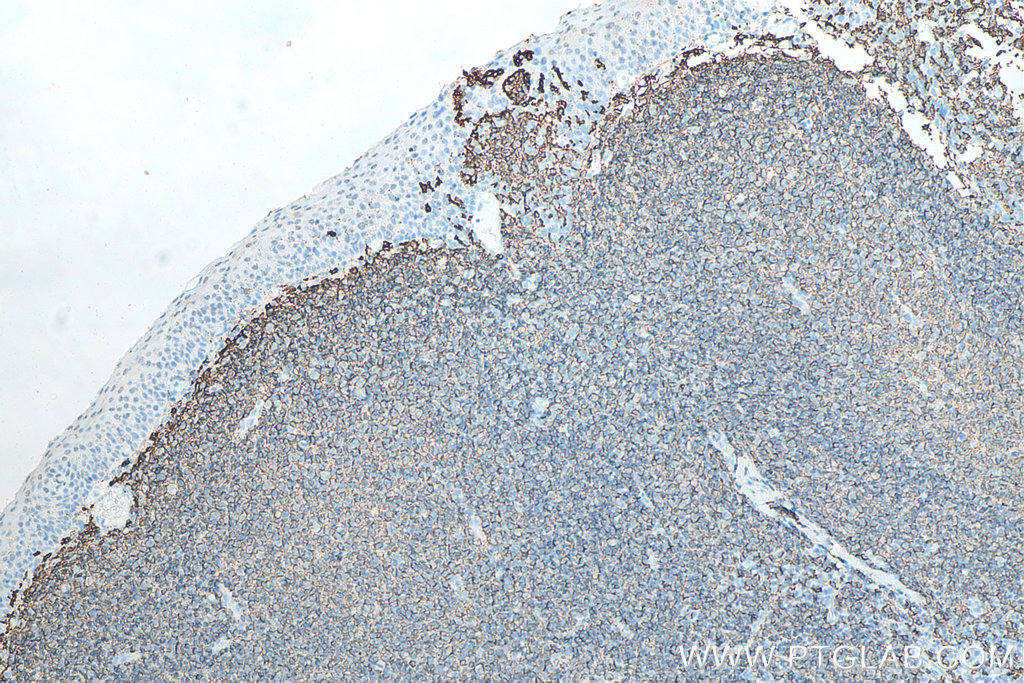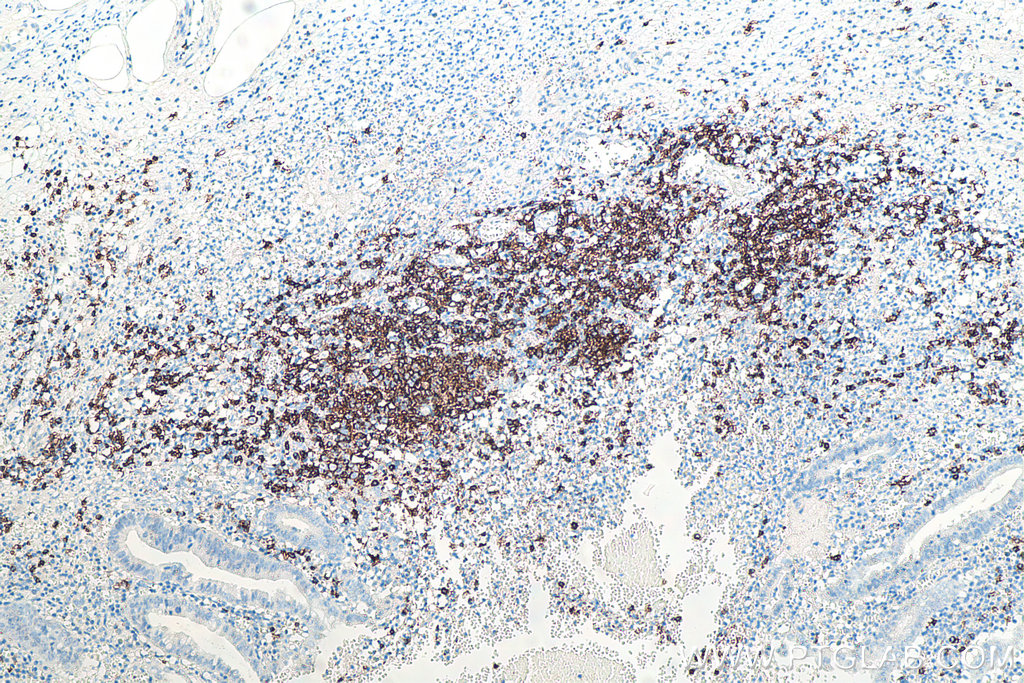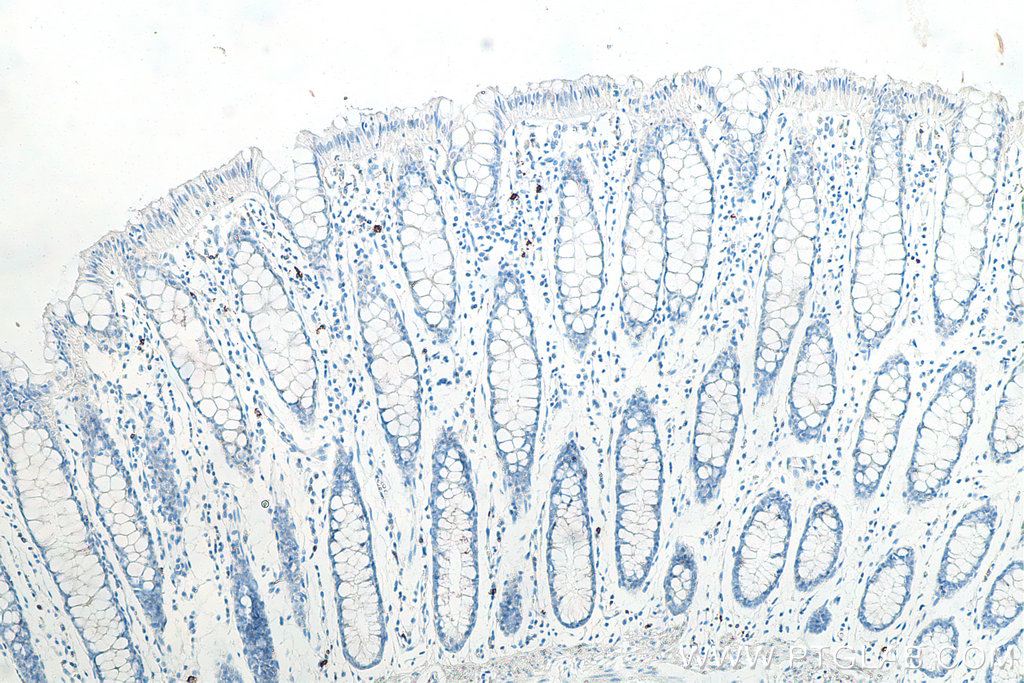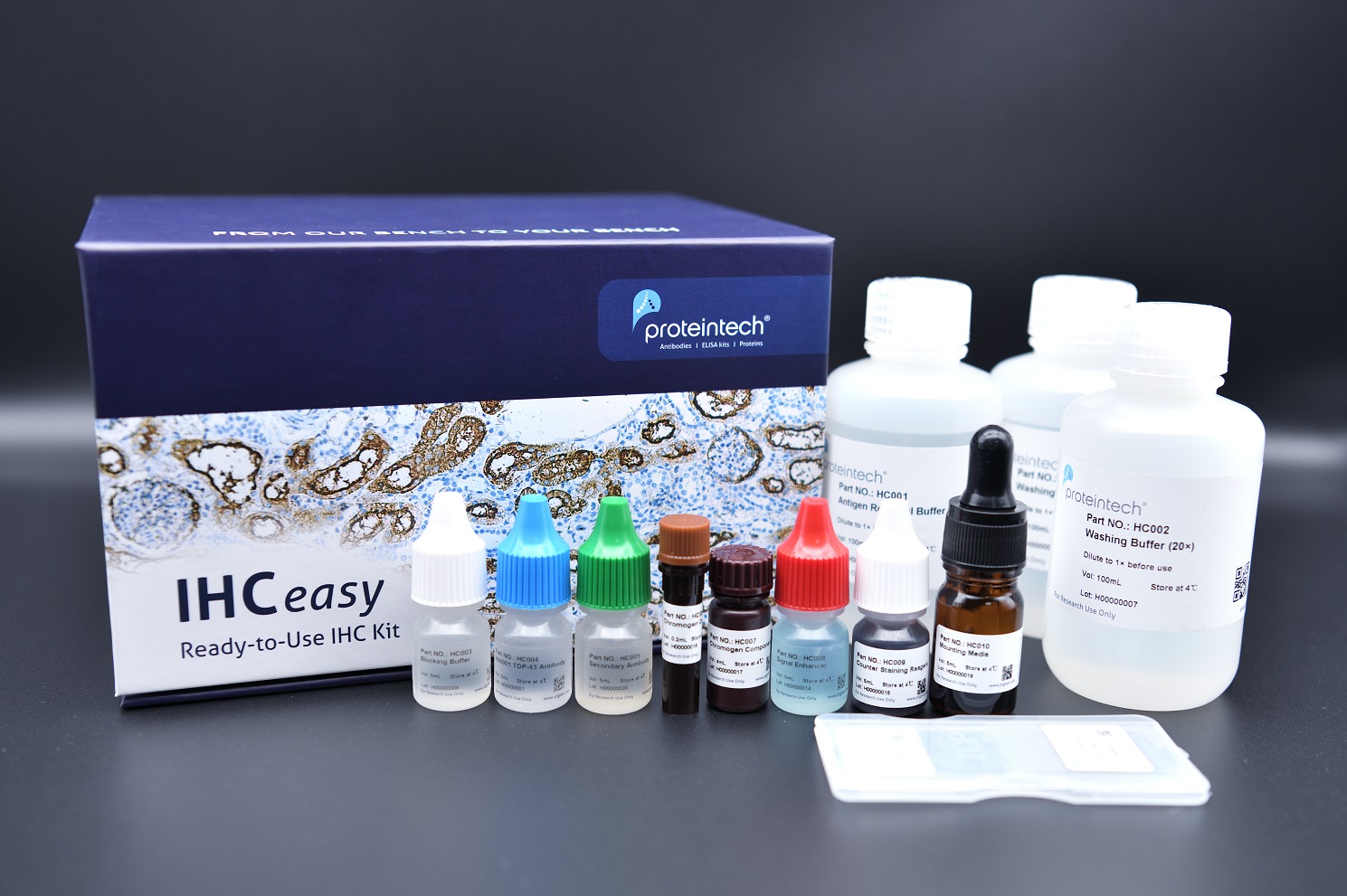IHCeasy® CD20 Ready-To-Use IHC Kit
CD20 Ready-to-use reagent kit for IHC.
Cat no : KHC0018
Synonyms
B lymphocyte antigen CD20, B1, Bp35, CD20, LEU 16, MS4A1, MS4A1,CD20, MS4A2, S7
Validation Data Gallery
Product Information
KHC0018 is a ready-to-use IHC kit for staining of CD20. The kit provides all reagents, from antigen retrieval to cover slip mounting, that require little to no diluting or handling prior to use. Simply apply the reagents to your sample slide according to the protocol and you're steps away from obtaining high-quality IHC data.
| Product name | IHCeasy CD20 Ready-To-Use IHC Kit |
| Sample type | FFPE tissue |
| Assay type | Immunohistochemistry |
| Primary antibody type | Mouse Monoclonal |
| Secondary antibody type | Polymer-HRP-Goat anti-Mouse |
| Reactivity | Human |
Kit components
| Component | Size | Concentration |
|---|---|---|
| Antigen Retrieval Buffer | 100 mL | 50× |
| Washing Buffer | 100 mL ×2 | 20× |
| Blocking Buffer | 5 mL | RTU |
| Primary Antibody | 5 mL | RTU |
| Secondary Antibody | 5 mL | RTU |
| Chromogen Component A | 0.2 mL | RTU |
| Chromogen Component B | 4 mL | RTU |
| Signal Enhancer | 5 mL | RTU |
| Counter Staining Reagent | 5 mL | RTU |
| Mounting Media | 5 mL | RTU |
| Datasheet | 1 Copy | |
| Manual | 1 Copy |
Background Information
CD20 is a B-lymphocyte surface molecule that is widely expressed during B-cell ontogeny, from early pre-B-cell developmental stages until final differentiation into plasma cells. CD20 functions as calcium-permeable cation channel. It is involved in the regulation of B-cell activation and proliferation. CD20 serves as a useful target for antibody-mediated therapeutic depletion of B-cells.
Properties
| Storage Instructions | All the reagents are stored at 2-8°C. The kit is stable for 6 months from the date of receipt. |
| Synonyms | B lymphocyte antigen CD20, B1, Bp35, CD20, LEU 16, MS4A1, MS4A1,CD20, MS4A2, S7 |
Publications
| Application | Title |
|---|---|
Exp Ther Med Rare angiolymphoid hyperplasia with eosinophilia examined through fine needle aspiration cytology, histopathology and immunophenotypic characterization: A case report | |
Cell A single-cell atlas reveals immune heterogeneity in anti-PD-1-treated non-small cell lung cancer |





